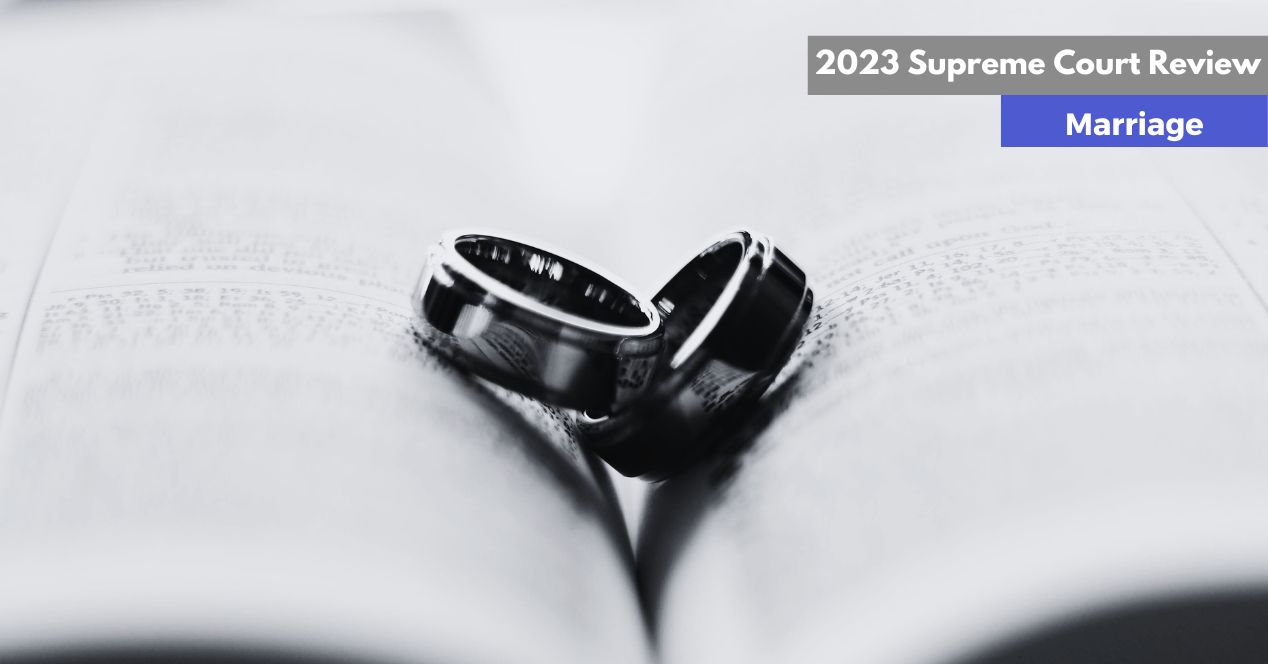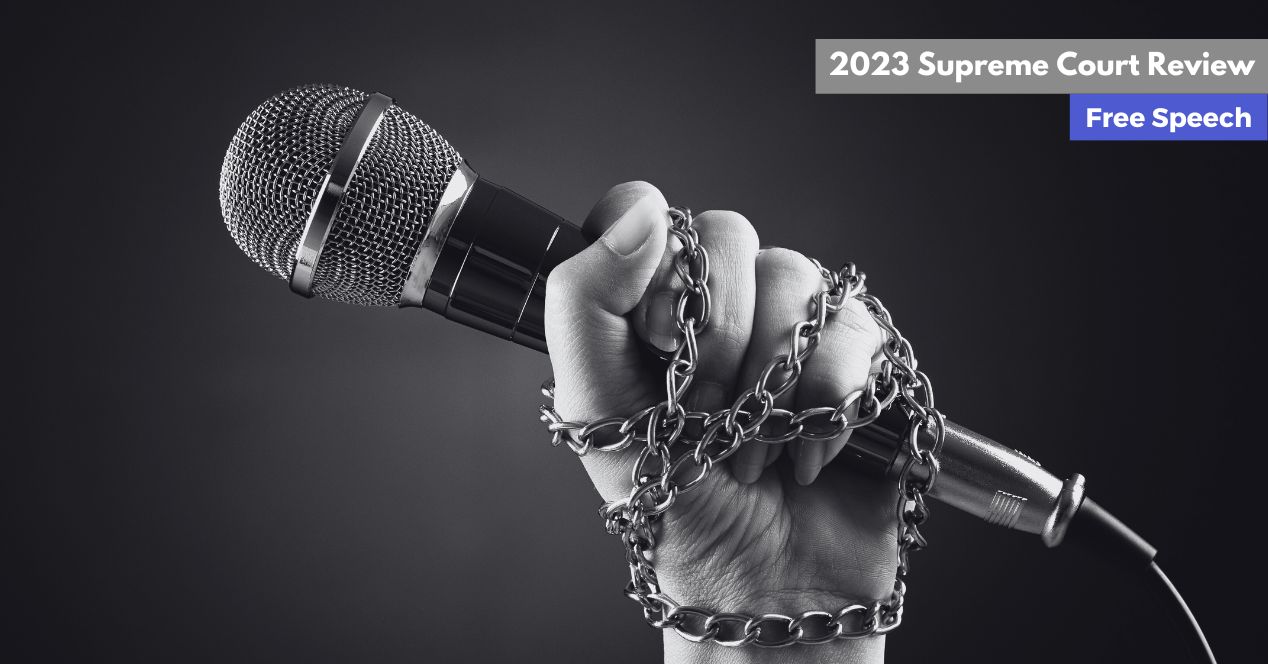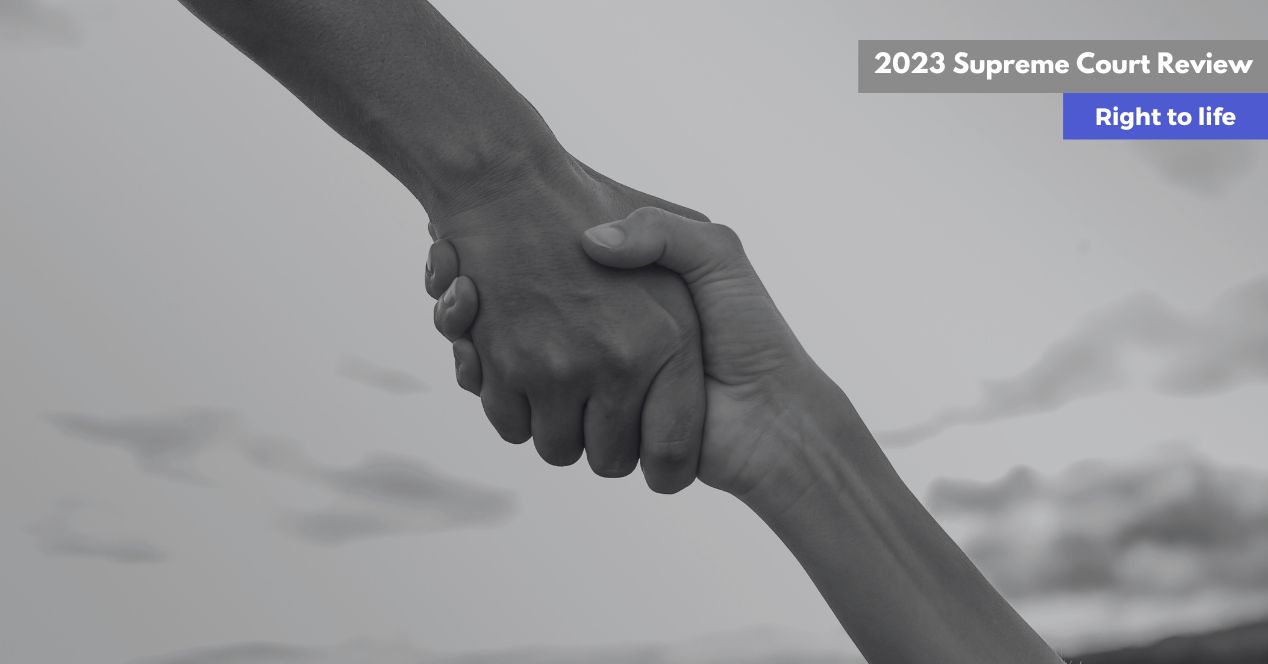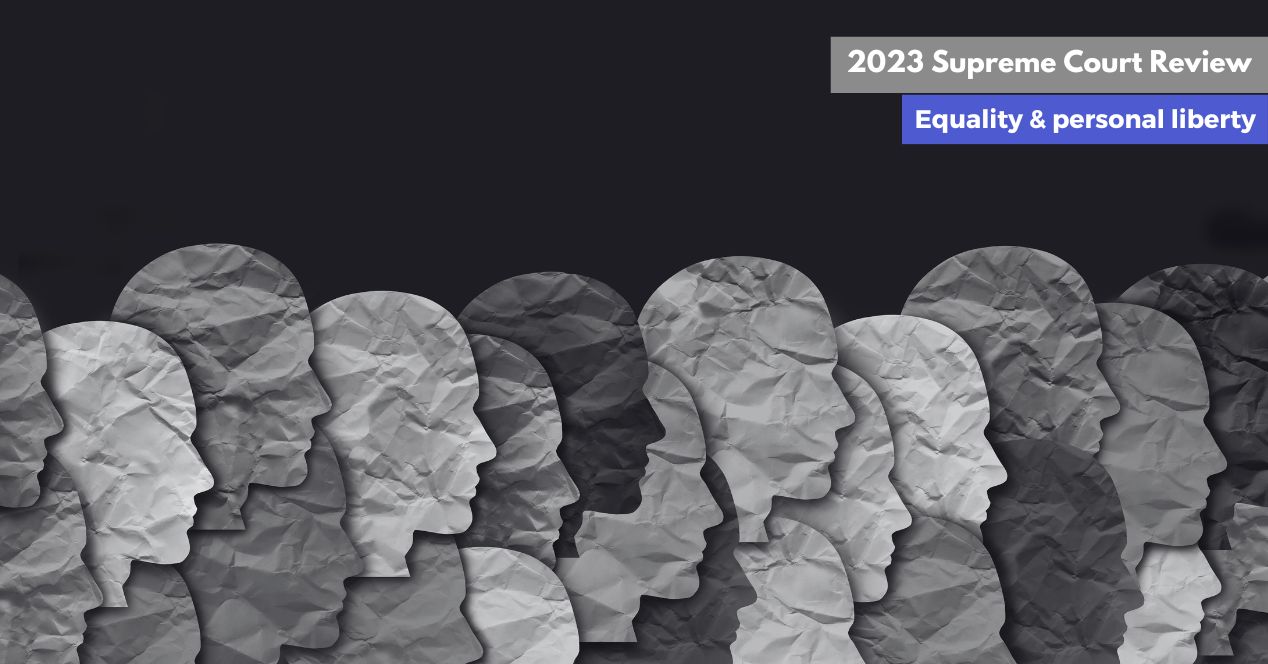Analysis
Supreme Court Review 2023: Bail
In a year when the Court has been accused of not walking its talk, its bail decisions stand out as a stark instance of this trend
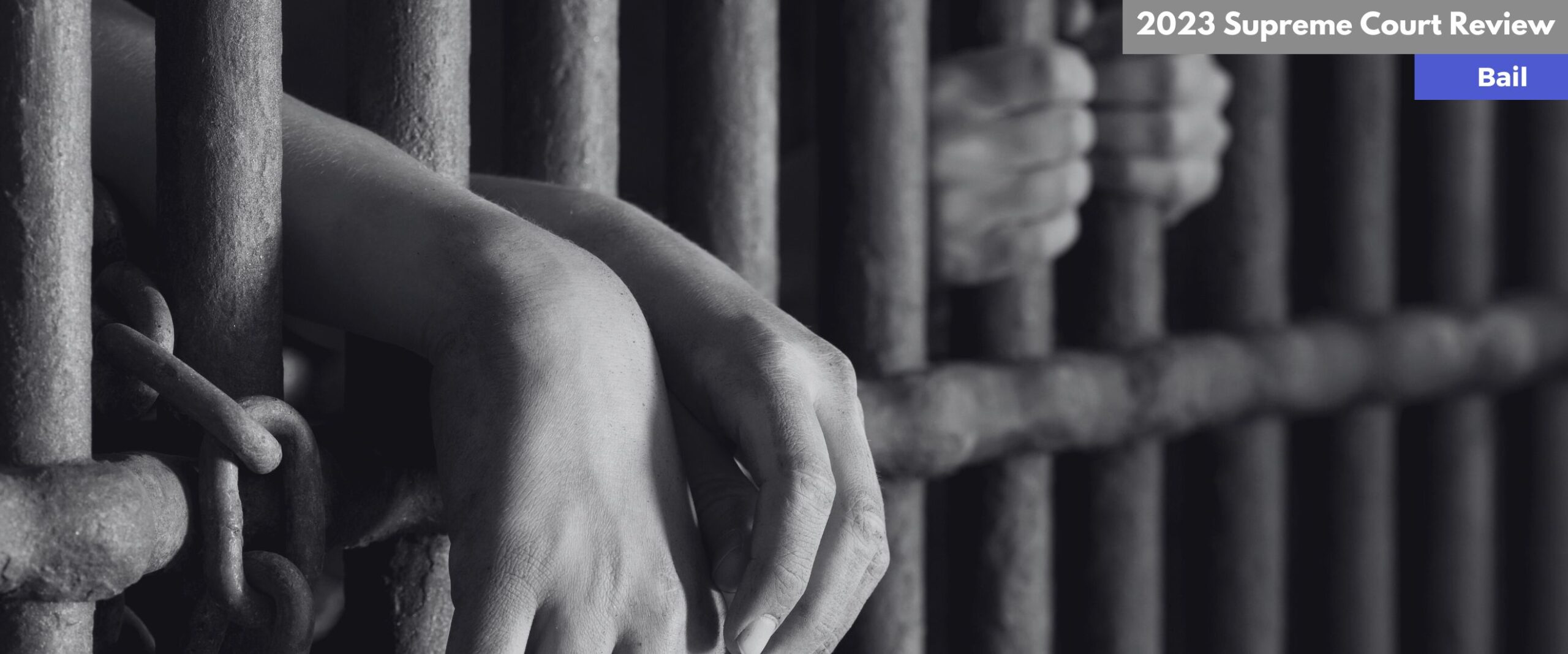
In the Supreme Court, 2023 has been a year of doublespeak on bail and personal liberty. Words in open court and even judgements have attested to the sanctity of bail but the Court’s actions (or inaction) in several matters suggested that ‘bail as rule, jail as exception’ sounds better as aphorism than practice point.
The crisis of bail today is dual. First, the judicial approach to general bail under the erstwhile CrPC—which posits a comparatively progressive framework—has structurally disintegrated at the lower court level. Second, stringent conditions under special laws such as the Unlawful Activities (Prevention) Act (UAPA) and Prevention of Money Laundering Act (PMLA) have codified the wide powers of agencies like the National Investigation Agency and the Enforcement Directorate.
Jail as rule, bail as exception in UAPA cases
Umar Khalid was 33 and in the midst of his PhD when he was picked up by the Delhi police in September 2020 for his alleged role in inflaming the violence in Northeast Delhi. A string of WhatsApp texts was sufficient prima facie evidence for the NIA to charge Khalid under the UAPA. He has been in jail without a trial for over three years now.
Even as one overlooks the fallibility of the evidence, the disproportionate targeting of Muslim populations in the Delhi violence, and the reported evidence on the ruling party’s culpability, it is difficult to reason why Khalid was not provided a single substantive hearing over 2023. Consistent failure to list his matter has raised concerns about the CJI’s powers as the master of the roster.
Some of the activists accused under the UAPA for the Bhima Koregaon violence, a majority of whom remain incarcerated as of the beginning of 2024, experienced a similar fate this year.
Even as Vernon Gonsalves and Arun Ferreira were finally released, the Court imposed such stringent surveillance conditions that even the NIA cited difficulty in compliance.
Shoma Sen’s bail plea remained adjourned this year, with the Court rejecting the petitioner’s argument to assess the probative value of the recorded materials against her. When Sen’s lawyers requested medical bail on grounds of her deteriorating health, the NIA dismissed her health issues as “general ailments”.
The bail hearing of Jyoti Jagtap is yet to begin, with the Court adjourning the matter by simply stating that it would test her plea against the assessment it developed while releasing Gonsalves and Ferreira.
A temporary respite to Mahesh Raut, who was granted bail by the Bombay High Court in September, ended when the Supreme Court stayed the High Court order. Similarly, in April, the Court had set aside a Bombay High Court order discharging G.N. Saibaba, who is disabled and has been grappling with ailments in his cold prison cell in Nagpur.
Stringent conditions under PMLA
In July 2022, the Court had upheld the constitutionality of the PMLA. Many of its provisions were challenged for conferring excessive power upon the ED and for being far too stringent when it came to bail. This year has demonstrated the fallout—Manish Sisodia, former deputy Chief Minister of Delhi, spent eleven months in prison after the ED charged him for masterminding an excise policy allowing Aam Aadmi Party leaders to receive kickbacks and benefits.
In October 2023, a Bench headed by Justice Sanjiv Khanna rejected Sisodia’s bail plea. The reasoning for the denial baffled observers. The Court even mentioned that the evidence in favour of the specific allegation against Sisodia is weak and there seemed to be no procedural impropriety in the passage of the excise policy.
The Court retained one charge of bribery under the Prevention of Corruption Act, 1988 but, absurdly, it did not apply well-established tests to link the “proceeds of crime” to Sisodia.
In a different order on PMLA this year, the Court decided that for those charged under PMLA and seeking anticipatory bail under Section 438 of the CrPC, the procedure to be followed was the stringent one laid out under Section 45 of the PMLA. This order is a step back for anticipatory bail jurisprudence, which hinges on a prioritisation of personal liberty. This case reflects the trend of bail under the CrPC taking on the more rigorous colour of that under the special laws.
Right messaging, faulty orders
Observers have pointed out the inconsistency of the Court’s approach. Speaking to Supreme Court Observer for an article on the Sisodia bail plea, lawyer Vikram Hegde mentioned the decision of the Court in Mohd. Muslim, where it had stated that if the courts were reasonably satisfied that the accused may not be guilty, bail must be awarded. On 11 December, a two-judge Bench also held that the inefficiency in listing and disposal of anticipatory bail application by lower courts was infringing the personal liberty of undertrials. With much pomp, it directed all High Courts to list matters at the earliest.
This year, a Bench led by Justice Sanjay Kishan Kaul routinely heard a suo motu case on reforming bail policy in India. The Court has pursued the development of a new e-Prison module to smoothen communication between prison authorities and the District Legal Services Authority, with a view to ensure that accused don’t stay in prison despite being granted bail.
But when we looked closely at bail order execution, we found the data quality was poor and there was a lack of transparency in communication. We also came across major structural issues that the Court has not shown any inclination to address in this matter. The financial model of bail and the preoccupation with demanding a local surety stand out in this regard.
The protective framework of bail in CrPC is falling apart, we were told by experts, since requests for modification of orders have resulted in harsher bail conditions on applicants. At some level, the stringency was being dictated by the fear of prisoners absconding—which would affect pendency figures and therefore the career trajectories of judges.
2023, then, was the year where we saw an erosion of the progressive vision of bail in the highest court. We remember the custodial death of Father Stan Swamy in 2021 despite repeated requests for medical support. With that grim context, in a year when the Court has been accused of not walking its talk, its bail decisions stand out as a stark instance of this trend.
Corrections: An earlier version of this article had the following errors: (a) Umar Khalid’s month of arrest (it is September 2020 and not November 2020); (b) the month that Manish Sisodia’s bail plea was rejected (it is October and not December); and (c) Father Stan Swamy’s year of death (it is 2021 and not 2022)

